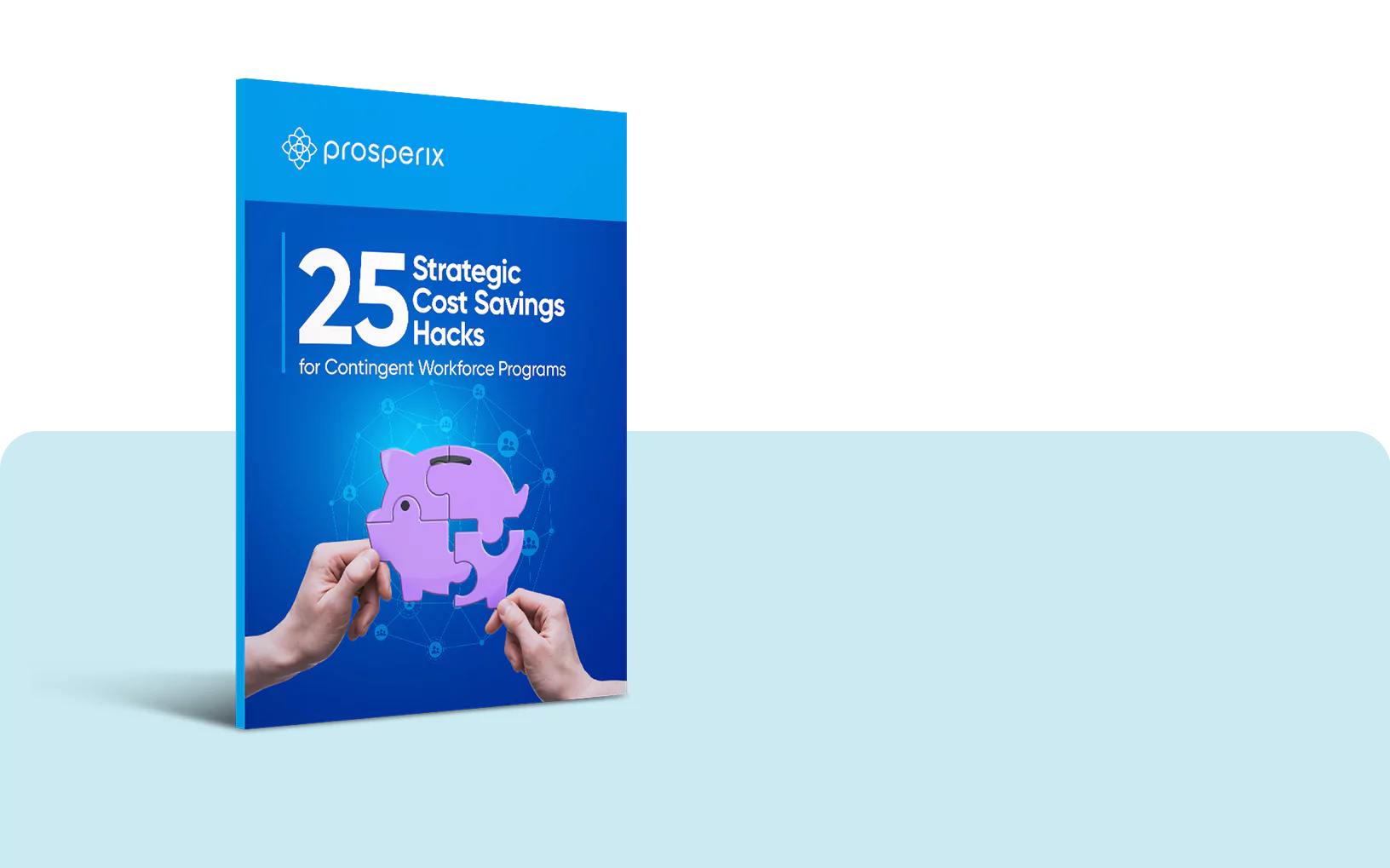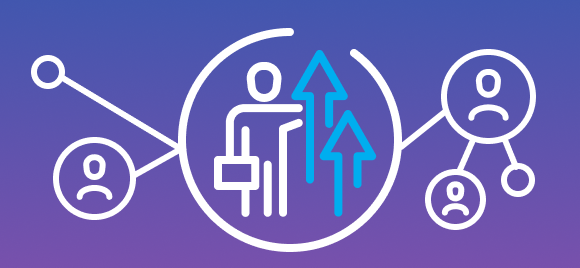Contingent workforce management gives workforce flexibility and quick access to specialized skills for short-term projects and new initiatives.
Continue readingMSP vs VMS: Choosing the Best Fit for HR Resellers
Learn about the distinctions between MSP vs VMS for handling contract workers. This guide simplifies contingent management for your firm.
Continue readingBusiness Advancement with Workforce Prosperity Technology
Workforce prosperity technology brings changes for individuals and businesses. See the tools, uses, data and future.
Continue readingOvercoming the Challenges of Implementing a New VMS: Strategies for Success
While the benefits of a well-implemented VMS are undeniable, the path to getting there can be riddled with challenges.
Continue reading5 Methods to Integrate Contingent Workers Swiftly and Efficiently
Here’s how you can make contingent workers feel part of your organization faster, ensuring a smooth, productive working relationship.
Continue readingWhat is supplier management and why is it important?
Think of supplier management as the pulse that keeps your organization’s functions alive and thriving.
Continue readingThe Rise of Specialized Hiring Marketplaces: What Companies and Professionals Need to Know
The rise of the specialized hiring marketplace is a response to the growing demand for highly skilled professionals in sectors like technology, healthcare, creative industries, and more.
Continue reading5 Compelling Reasons to Introduce Specialized Supplier Management Solutions into Your Contingent Workforce
The first and most obvious benefit of using specialized supplier management solutions is the dramatic increase in efficiency.
Continue reading6 Strategic Ways to Plan Your Contingent Workforce
As we navigate this evolving landscape, it’s crucial to understand how to harness the power of a contingent workforce as effectively as possible – especially for businesses that are still in the formative stages of their contingent workforce strategies.
Continue reading25 Cost-Saving Hacks for your Contingent Workforce Management Program
Get your free copy of 25 easy-to-implement cost-saving tips to transform your contingent workforce program.
Continue reading








